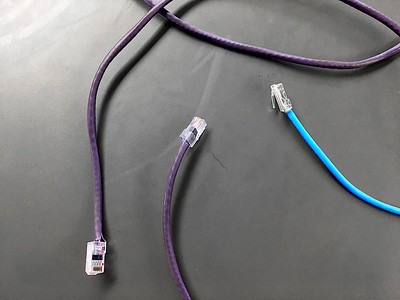Survey data collected by a Florida technology company suggests that there is a growing divide among college students and college administrators regarding the future of online learning. That difference of opinion may impact schools that are not prepared to address student learning preferences in the near future.
A recent survey by Anthology suggests that two-thirds of students prefer fully online learning or a blended format that includes both remote and in-person learning. Twenty-three percent of students surveyed prefer a mix of in-person and online classes. However, one in four university respondents say their institutions do not plan on offering any online or remote learning options by 2025.
Therein lies the problem. It is increasingly unlikely that students want to shift back to full-time, in-person learning as the default mode of instruction. While the pandemic necessitated the rapid switch to online learning, administrators clearly hope to put their pandemic response behind them.
That is a problem for in-person campuses, which have large infrastructure investments and expenses. Further, academic integrity is the hallmark of university education. Finding the balance between the university’s need to ensure academic honesty among students and the students’ need for privacy is proving elusive.
It is also a problem for community colleges, medical education facilities, and other institutions where hands-on learning is necessary to complete vocational or professional education requirements. For many general education students, however, online learning is the preferred delivery method.
Even though three out of four campuses surveyed plan to offer some form of online, remote or hybrid education (which depend exclusively on technology), more than half of those polled say their campus is not planning to invest in new learning management systems or student information systems.
WCC Trustees should capture technology infrastructure fee for online learning
That is problematic, especially for schools that are “enthusiastic” about the prospects of online learning. If that describes WCC, the Trustees should require the Administration to segregate the new $5 per credit hour “technology infrastructure” fee to pay for continuous upgrades to the technology infrastructure on campus. While the number of students in in-person learning environments may drop, the school’s dependence on technology to maintain enrollment will not.
To safeguard the taxpayers’ investment in WCC, and to ensure that students can participate in online learning activities, the “technology infrastructure” revenues must be segregated from the school’s General Fund.
By earmarking the funds for “technology infrastructure” expenses, the Trustees can ensure that the Administration remains true to its purported rationale for imposing such a significant increase in the cost of attendance. (Not that the administration would use the “technology infrastructure” funds to pay down the debt on the Health and Fitness Center or fund the construction of the “Advanced Transportation Center.” Or even pay for the accumulated neglect of other campus facilities.)
Based on the estimated number of credit hours students will take during the coming year, the “technology infrastructure” fee will generate about $1M (give or take). If technology is the new future of education, encumbering the funds for the exclusive use of technology improvements is both right and prudent.
The Trustees should insist on that.
Photo Credit: Alan Levine , via Flickr









